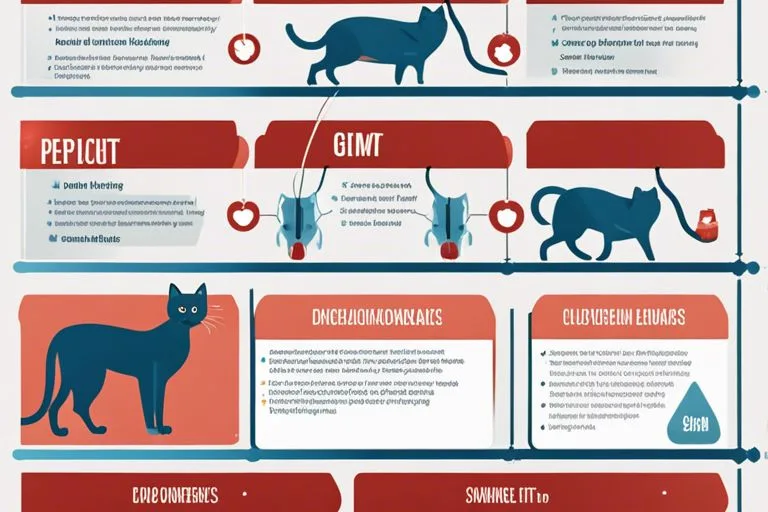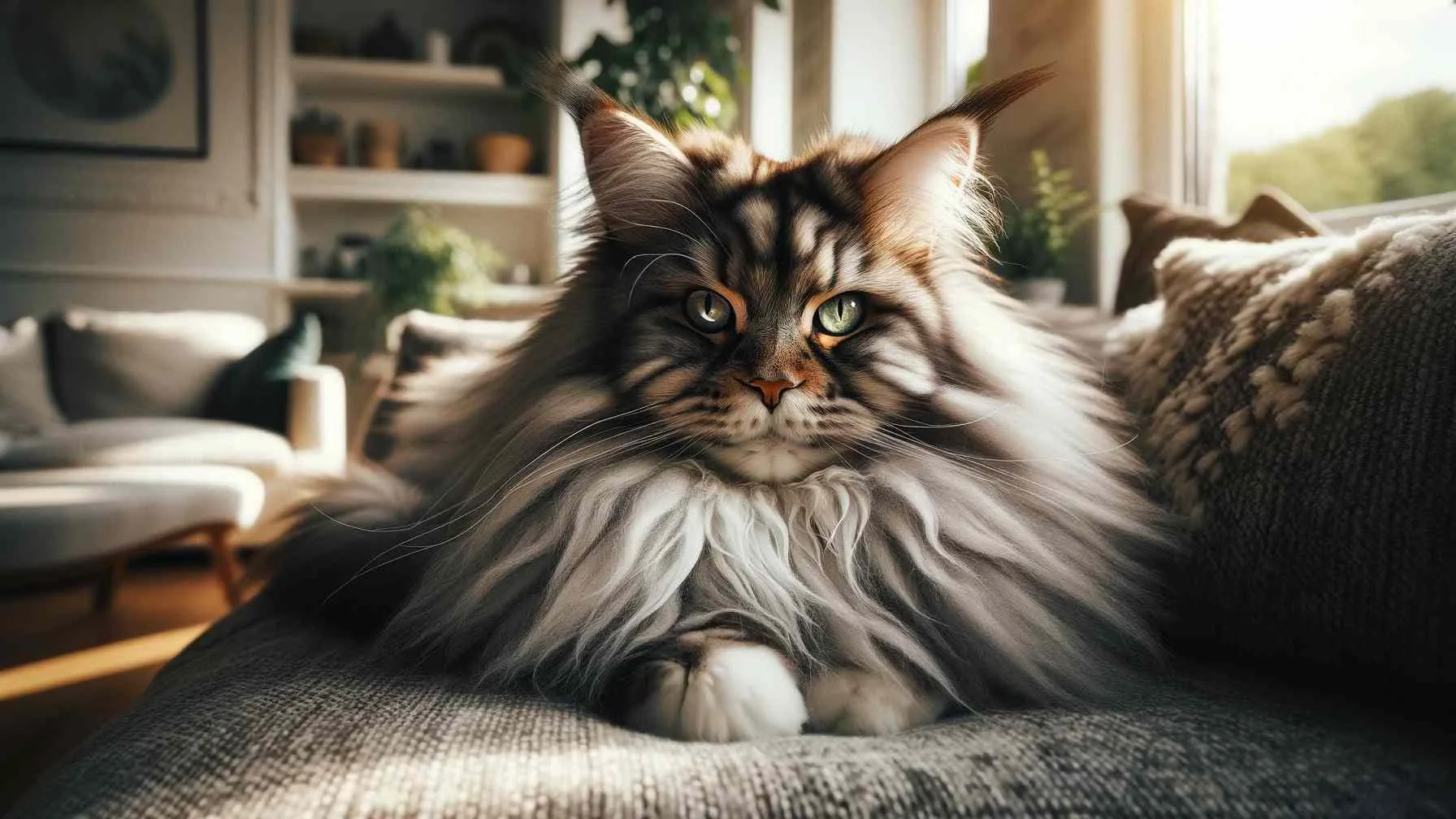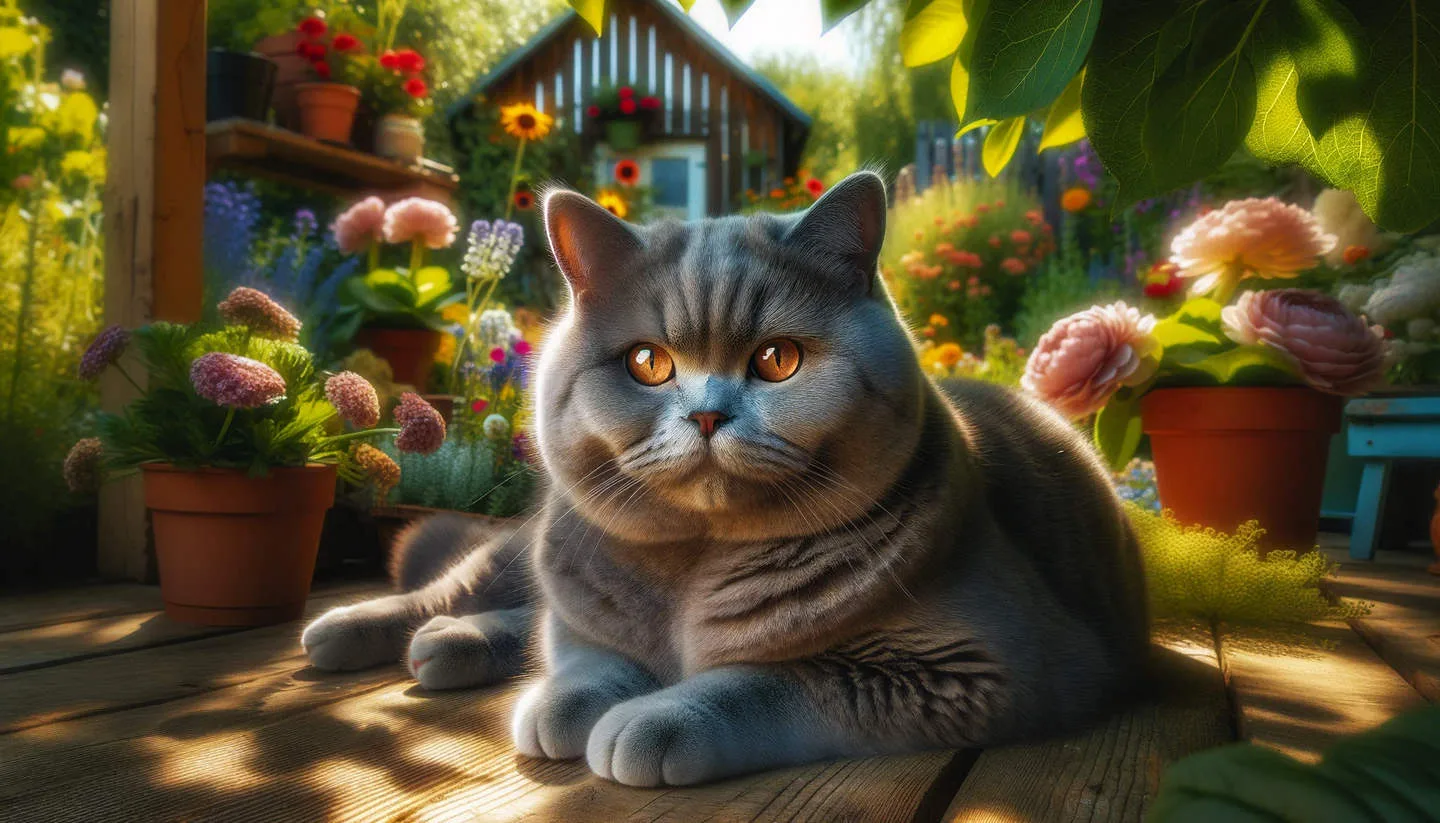You may not realize it, but gum disease can be a serious issue for your Russian Blue cat. Keeping an eye out for the warning signs is crucial to maintaining your pet’s oral health. Russian Blue cats are prone to gum disease, which can lead to loose teeth, bad breath, and even loss of appetite. If left untreated, gum disease can result in infection and potential damage to your cat’s overall health. It’s essential to take action at the first sign of trouble. Watch out for red or swollen gums, excessive drooling, and changes in eating or chewing habits. If you notice any of these warning signs, it’s important to schedule a visit to the veterinarian to address the issue and keep your Russian Blue cat healthy and happy.
Key Takeaways:
- Bad breath: One of the warning signs of gum disease in Russian Blue cats is persistent bad breath, which may indicate the presence of bacteria in the mouth causing the condition.
- Swollen or bleeding gums: Keep an eye out for swollen or bleeding gums, as this is a common symptom of gum disease in cats.
- Difficulty eating: If your Russian Blue cat is experiencing difficulty eating, it may be a sign of gum disease, as the condition can cause pain and discomfort while chewing food.
Identifying Gum Disease in Russian Blue Cats
If you suspect that your Russian Blue cat might be suffering from gum disease, it’s important to be able to recognize the warning signs. This will allow you to seek veterinary care before the condition progresses. Gum disease, also known as periodontal disease, is a common problem in cats, and if left untreated, it can lead to serious health issues. According to Dental Disease and your Cat, gum disease affects both the teeth and the surrounding structures, including the gums, ligaments, and bone. Here’s how to identify gum disease in your Russian Blue cat.
Early Warning Signs
One of the earliest signs of gum disease in cats is bad breath, also known as halitosis. This is caused by the bacteria in the mouth that results from plaque and tartar buildup. Additionally, you may notice that your cat has difficulty eating, or only eats on one side of their mouth. They might also paw at their face, as if in discomfort. If you notice any of these signs in your Russian Blue cat, it’s important to schedule a dental check-up with your veterinarian as soon as possible.
Symptoms of Advanced Gum Disease
If gum disease progresses without treatment, the symptoms will become more serious. This can include red, swollen, or bleeding gums, as well as loose or missing teeth. Your cat may also show signs of pain when eating, leading to weight loss. It’s important to note that advanced gum disease can also affect other organs, such as the heart and kidneys, leading to more severe health issues. Below is a breakdown of the symptoms of advanced gum disease.
Advanced Gum Disease Symptoms
| Red, Swollen, or Bleeding Gums | Loose or Missing Teeth |
| Pain when Eating | Weight Loss |
| Complications in Other Organs |
Risk Factors for Gum Disease in Russian Blue Cats
While gum disease can happen to any Russian Blue cat, there are several risk factors that may increase the likelihood of your feline friend developing this condition. By being aware of these factors, you can take steps to help prevent or manage gum disease in your beloved pet.
- Genetic predispositions
- Environmental and lifestyle contributors
Assume that you want to be informed and proactive in caring for your Russian Blue’s oral health. For a comprehensive understanding of additional Russian Blue cat health problems, you can visit Russian Blue Cat Health Problems: 7 Vet-Reviewed Issues.
Genetic Predispositions
Although gum disease can occur in any Russian Blue cat, certain genetic predispositions may make some individuals more prone to developing this condition. It is essential to be mindful of your cat’s genetic background and inquire about any oral health issues that may be prevalent in their lineage. By being aware of your cat’s genetics, you can take preemptive measures to maintain their oral health and address any potential genetic predispositions for gum disease.
Environmental and Lifestyle Contributors
Aside from genetic predispositions, environmental and lifestyle factors can also play a role in the development of gum disease in Russian Blue cats. Factors such as diet, oral hygiene practices, and exposure to secondhand smoke can all impact your cat’s oral health. By being mindful of these contributing factors, you can make informed decisions to create a healthy environment for your Russian Blue cat and potentially reduce the risk of gum disease development.
Preventative Measures and Treatments
Unlike other cat breeds, Russian Blue cats are not known to be particularly prone to gum disease. However, it is still important to take preventative measures to ensure your cat’s dental health. Regular dental care can help prevent gum disease and other dental problems in your Russian Blue cat. For more detailed information on dental disease in cats, you can read this informative article Dental Disease in Cats: Causes, Symptoms, & Treatment.
Regular Oral Hygiene Practices
Keeping your Russian Blue’s teeth and gums healthy is essential in preventing gum disease. You should regularly brush your cat’s teeth with a feline-specific toothbrush and toothpaste. Additionally, dental treats and toys designed to promote dental health can also help reduce the risk of gum disease. Regular oral hygiene practices are vital in maintaining your cat’s overall dental health.
Professional Dental Care for Russian Blue Cats
Even with regular at-home dental care, your Russian Blue cat may still require professional dental cleanings. Your veterinarian can perform routine dental exams and cleanings to help prevent or treat gum disease. This may involve scaling and polishing the teeth, as well as addressing any other dental issues that may arise. Professional dental care is crucial in addressing any underlying dental problems that may be affecting your cat.
What Are The Warning Signs Of Gum Disease In Russian Blue Cats?
Now that you are aware of the warning signs of gum disease in Russian Blue cats, it is important to keep a close eye on your pet’s oral health. By regularly checking for red or swollen gums, bad breath, and excessive drooling, you can catch gum disease early and seek treatment from a veterinarian. Additionally, maintaining a good dental hygiene routine for your cat, including regular brushing and dental check-ups, can help prevent gum disease from developing. Remember, your cat’s oral health is just as important as your own, so be proactive and attentive in monitoring any changes in their gums or teeth.



